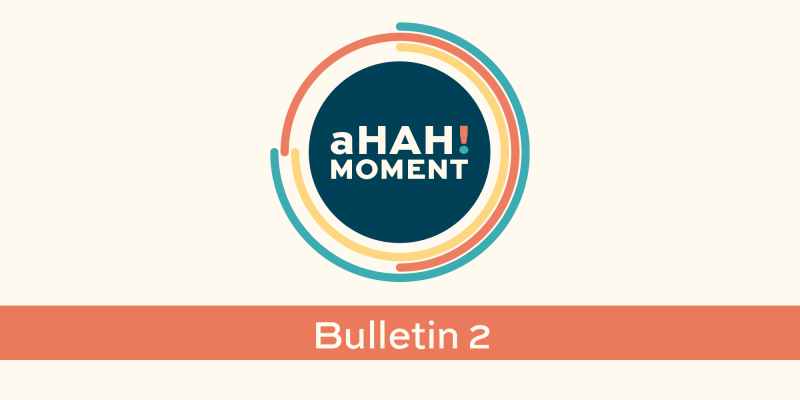Do you need help improving your understanding of medicine access equity issues? In this video you will hear from a number of primary healthcare professionals who are working to improve equity outcomes in the services they provide to patients
Drivers of medicine access equity

If you would like to view a PDF version of the bulletin, click here.
Drivers of medicine access equity
Medicine access equity means everyone has a fair opportunity to obtain funded medicines to achieve their full health potential and no one is disadvantaged along the way. Some people may require more support than others for this to happen.1
Māori receive medicines at lower rates than non-Māori, despite having higher health needs.2 This inequity, and the associated poorer health outcomes, is particularly obvious with asthma, CVD, diabetes and gout. Other groups who experience medicine access inequity are Pacific peoples, former refugees, and those living in rural areas or with socioeconomic deprivation.1
Medicine access is a broad concept that is not solely about being able to obtain a medicine. It includes aligning appropriate prescribing and medicines optimisation with a person’s risk factors and stage of disease, in order to improve health outcomes.1
Five primary drivers facilitate medicine access equity in Aotearoa New Zealand 1
- Medicine availability – Prescriber awareness and knowledge of the availability of funded medicines play a role in ensuring equitable access.
- Medicine accessibility – Physical and timely accessibility to medicine relates to how well services are designed to meet patients’ access needs, for example, opening hours, follow-up appointments.
- Medicine affordability – Prescriber, prescription and indirect costs (eg, transport, parking, time off work and childcare) can significantly limit the affordability of medicines.
- Medicine acceptability – Empowering patients by involving them in decision-making, asking about their beliefs, considering their health literacy and providing information in an appropriate language, builds trust and contributes to medicine acceptability, improved adherence and better health outcomes.
- Medicine appropriateness – High quality, effective prescribing that meets the patient’s needs and avoids unwarranted variation is required. This may be achieved by combining clinical expertise and evidence-based practice with patient preference, priorities, values, experiences, culture and beliefs.3
Think about the five drivers of medicine access equity and where you can make a difference. See the example below.
Medicine affordability
Up to 40 per cent of people continue to pay prescription copayments even though they are entitled to an exemption.1 No person or family should pay more than $100 per annum for subsidised medicines.
Are your patients making the most of the prescription subsidy card scheme?
References
-
PHARMAC. Achieving medicine access equity in Aotearoa New Zealand: Towards a theory of change. April 2019. https://tinyurl.com/meds-access
-
Metcalfe S, Beyene K, Urlich J, et al. Te Wero tonu—the challenge continues: Māori access to medicines 2006/07–2012/13 update. NZMJ 2018;131(1485):27-47. https://assets-global.website-files.com/5e332a62c703f653182faf47/5e332a62c703f6b4832fcc2e_Metcalfe%20FINAL.pdf
-
Te Karu L, Bryant L, Harwood M, Arroll B. Achieving health equity in Aotearoa New Zealand: the contribution of medicines optimisation. J Prim Health Care 2018;10:11–15. https://doi.org/10.1071/HC17067